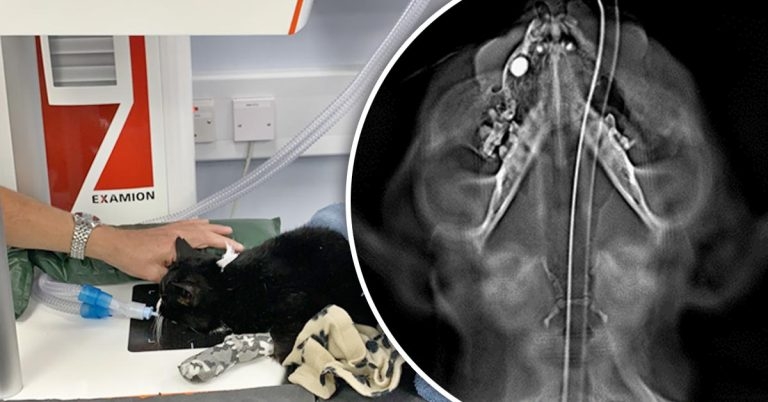12 Aug 2020
Adaptix Imaging hopeful its 3D x-ray system will be ready to enter veterinary market in 2021 after trials show the technology can work on sedated animals.

Adaptix Imaging, a tech start-up from Oxfordshire, has announced the latest trials of its 3D x-ray machine have proven the technology can work on sedated animals and could be ready to enter the veterinary market in the first half of next year.
The x-ray machine being developed is around the same size as a computer printer and so, unlike a CT scanner, does not need a specialised room to be set aside.
It sequentially takes 45 low-dose x-rays from slightly different angles, which, when combined, form a 3D image.
Steve Wells, vice-president of technology at Adaptix Imaging, pointed out that the technology will never fully replace a CT scan for specialist surgery and inspecting soft tissue.
However, he predicted the company’s machine will be a useful replacement for 2D x-ray machines because they will be available for comparable cost yet offer the benefit of 3D imaging.
He said: “Our technology is an extension of the principle of two eyes giving you depth perception, which you don’t get with a flat, 2D x-ray.
“We believe it’s going to offer a cheaper, lower radiation path to 3D imaging than CT scans because you don’t need an adapted room with a reinforced floor, nor an upgraded power supply. It’s going to be roughly the same cost and radiation as a 2D X-ray.
“It will mean vets can take on a lot more of their imaging needs themselves without having to refer an animal to a facility with a CT scanner.”
The work was one of several proof of concept projects funded by the Science and Technology Facilities Council earlier in the year. The annual scheme allows companies at the Harwell Campus in Oxfordshire to bid for funding to collaborate with a third party.
Adaptix is carrying on with the trials in the lab and within vet practices to finesse the working of its machine. It is expected to be ready for commercial launch within a year, once the necessary regulatory approvals are in place.